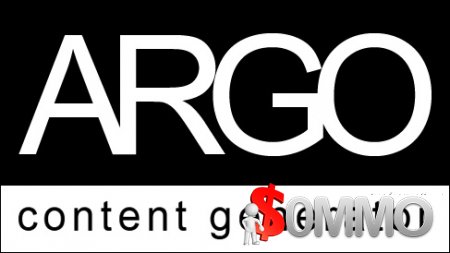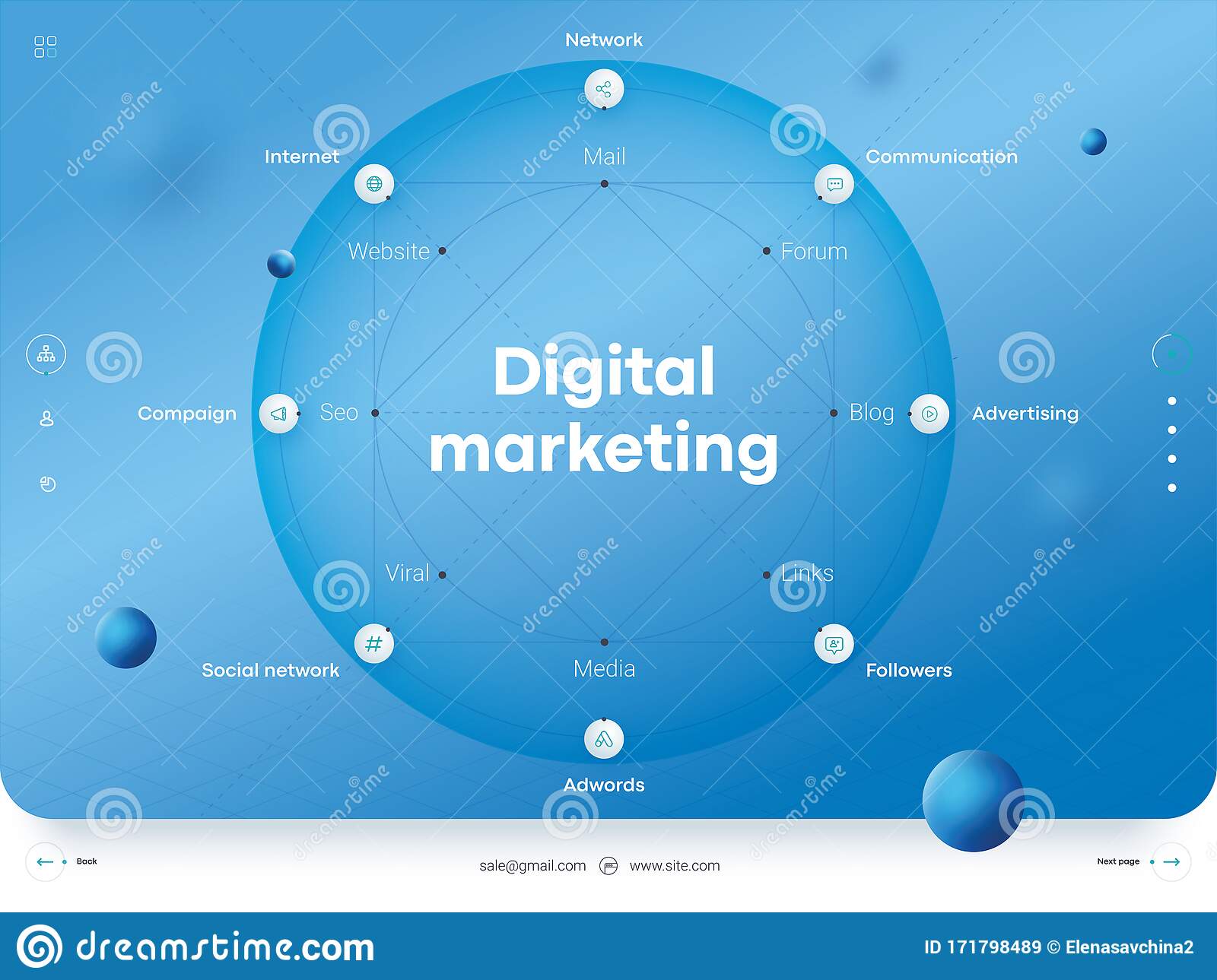
You've made the decision to create your own digital marketing strategy. What's next? This article will guide you through each step of the process from selecting your channel to researching your audience. This article will also help you to create a customer path and split test a strategy. Then, you'll know if your new strategy is working for your brand. If you don't, you're not alone. There are many other businesses asking the same questions: "How do you start a digital advertising strategy?"
Researching your audience
To create a digital marketing strategy, you need to research your audience. You can accomplish this by conducting quantitative research. This involves taking a survey of a large group and generating statistical findings. You can create an email campaign to target a specific audience by identifying their interests and pain points. To determine their purchasing habits, you can also examine their purchase history. Then, you can target your marketing message to the specific audience segments.
It is essential to fully understand your audience in order to develop a successful strategy for digital marketing. Without thorough research, it's impossible to understand your audience's needs and wants. You can identify their needs and provide personalized content by conducting research. Doing research will allow you to anticipate their needs and help you market more effectively. Here are some ways to research your audience.
Interviews: Use surveys to get to know your audience better. Ask customers to send you emails, post customer reviews on social networks, and interview them. These surveys will help you understand your audience. You can then develop your digital marketing strategy. Not only is it important to research your audience but also to create a compelling marketing campaign. You'll be able engage your audience and increase your sales.
Segmentation - By understanding your audience's lifestyle, interests and preferences, you can tailor the messaging to them. Segmentation can help you communicate with your audience in a stronger way and build a relationship with them. Adidas sent a specific email targeting women, while the clothing manufacturer categorised its customers by gender. The vast majority of customers buy jeans and a survey asking them to rate the retailer would yield an average score of 8/10.
Channel selection
The key to promoting your product/service is choosing the right digital marketing channels. Your objectives, competition, budget, as well as your primary objectives should be considered when choosing a digital marketing channel. Different channels will produce different results. Make sure to choose carefully and find the one that works for you. Depending on the channel you choose, what content you share with your audience will determine which format you use for your ads. While content marketing is still the most effective form of marketing and will continue to be relevant, you should make use of these channels if you want your audience to see it.

The decision to use a particular digital marketing channel will depend on the goals of your business. Your long-term and short term goals should be determined. Your long-term goal might be to increase revenue by 20% within the next two years. While your short-term goal might have you generating 400 sales qualified leads in six months or increasing website traffic to 70% by eight months, a shorter-term goal might be to increase revenue by 20% by 2020. It is crucial to understand your short-term, long-term and ultimate goals so you can choose the right channels for you.
Before you choose which channels to use, be sure to assess their effectiveness. Each channel has unique strengths and weaknesses. You should identify the content type and costs you will require for each channel. Be sure to allocate all the budget you have before you consider using other channels for your digital marketing strategy. Facebook and Twitter are great options for creating buzz.
Designing a customer journey
Customer journey maps are an important part of a digital marketing strategy. These maps map the customer's path from decision to action. The customer journey map can serve different purposes, such as showing the path from the latest stage of the sales funnel to the time when a customer becomes a lifelong customer. It can also be used to help identify areas that need improvement.
A customer journeymap is basically a prospect’s journey from inquiry to purchase. It assists marketers in mapping out the questions and pain points that they encounter as they go. The higher-funnel phases are for creating awareness and generating interest. The last stages are for building brand loyalty. This begins with awareness. You can achieve this through social media, word-of-mouth, search engine suggestions or blogs.
After researching and learning about a brand, potential customers begin the information-gathering phase of the customer journey. They aren't sure who you are at first but they know what their needs are. The brand should provide content to help customers make informed decisions during this phase of their Customer Journey. Brands can also offer customers a free trial period to remove any obstacles that may hinder their purchase process.
Marketers can use a customer journey map to help them target advertising by understanding how customers buy products and services. Each stage of the customer journey should have its own buyer persona. Identifying each stage's goals will help marketers adjust their marketing campaigns accordingly. Marketers can use a customer journey map to better understand their audience. It will help them identify what motivates each stage in the customer's decision making process.
Split testing your strategy
Split testing can be used to improve the profitability of your digital marketing strategy. Split testing can be used to improve headlines, page copy and button text. Images, social sharing buttons, email advertising, call to actions, and social media buttons are just a few examples. Below are some scenarios that you could test. Split testing can be used to determine which marketing strategies will lead to increased sales and profitability. You must use the right size sample. Split testing should be done regularly and should be conducted with an appropriate confidence rating.
Split testing is a great way to determine whether certain marketing strategies work or not and to identify where you can make adjustments to increase their effectiveness. It also helps you track whether your online marketing strategy is generating leads and bringing in returns. Split testing allows you to test different versions or elements of a website. The split testing results will help you to determine if your website generates money. Once you've identified which variants generate more leads, it is possible to make adjustments in your digital marketing strategy.

ClickFunnels lets you test 6 different versions a single advertisement to get ideas for split-testing. Another good place to get ideas for split tests is on Facebook. Facebook provides many examples and you can easily copy these ads to see which ones are doing well. Split tests can also be tested on landing pages. Split-testing can also be done on landing pages. Moving the CTA down from the fold increased conversions 30% while removing the CTA from the landing page led to cart abandonment rates dropping by 33%.
Split testing is an important part of conversion optimization. Splitting traffic into two groups is what splits it. Split testing involves splitting traffic so that 50% of the traffic is shown the control variation, and the rest the variant. You divide traffic into equal segments and present one version of each variant to each segment in multivariate testing. Split testing can enhance your digital marketing strategy and you will be amazed at the results.
Measuring its success
The first step to establishing a digital marketing strategy that works is measuring its success. You can do this through a number of ways, including monitoring the number of visitors who have converted into buyers. Other metrics can be used to measure the effectiveness of a campaign, such as the number of pages viewed. These metrics can be used for determining the success of a campaign based upon its target audience as well as the effectiveness a specific marketing strategy.
To evaluate the success your digital marketing campaigns, you must track key performance indicator (KPIs) to gauge its success. KPIs can be quantifiable metrics that measure how your marketing team does against a particular goal. These goals can be either high or low level. These KPIs are useful in identifying the success of a campaign, as they provide a specific level of accuracy that can be used as a guide for future campaigns.
It is also important to establish goals that will help you measure your digital marketing strategy. For example, how many visitors did your website generate? Is your website inviting purchase? Are your email marketing campaigns generating more business? Are you getting new business? How many visitors made a purchase after reading an email? These are just examples of what to track to make sure your digital strategy is successful. It all comes down to your objectives, your goals, as well as the digital marketing strategy.
FAQ
What is an SEO Campaign and How Does It Work?
An SEO campaign is a series of activities designed to improve the visibility of a particular webpage or domain name in search engines like Google, Bing, Yahoo, and others. These activities include optimizing page titles, meta description tags and URL structure.
SEO campaigns begin with keyword analysis, which identifies keywords that can increase organic traffic. Once keywords are identified and optimized on the website's homepage, each page must also be optimized.
How much does it cost to rank high on search results?
Search engine optimization costs vary depending on what type of project you're working on. Some projects only require minor changes to an existing website while others will require a complete redesign. There are also ongoing monthly fees covering keyword research and maintenance.
What are the best tools for on-page optimization?
Video embeds (image alt tags), structured data markup, video and internal links are all great for on-page SEO. You can learn more about these types of issues in this article.
What does SEO mean for small businesses?
Today, small businesses face the challenge of competing against large corporations that spend millions advertising. Search Engine Optimization allows small businesses to leverage the same marketing power as larger companies without breaking the bank.
Why SEO strategy should be important?
The main goal of search engine optimization (SEO) is to increase traffic to your site by getting as many people as possible to find you when they use Google.
Search engines such Google, Yahoo!!, Bing and others keep information about websites on servers called crawlers. These crawlers transmit this data back the company's central repository. This allows them to index pages for searching purposes.
You will get more visitors to your site if it appears higher in the search results. Therefore, you won't be found if you are not visible in these searches.
Ranking highly in search engines such as Google and Yahoo is the best way for your site to be found. You can achieve this by using two methods: organic and paid advertising.
Paid Advertising - Paid advertising includes buying adverts from companies who pay-per-click online ads to appear above other sites in search results. These ads can include text ads, banner ads, pop ups, ecommerce widgets, and more.
Natural Organic Links – These links are created by sites that have been built over time and gained the trust of your industry. Link building takes place naturally. This can be done through blogging, guest post, commenting, linking, and many other activities.
You must continue to invest in both marketing and sales to stay on top of your game.
How much does SEO cost?
SEO costs vary based on your company's size, industry, and budget. While smaller companies might only need to spend a few hundred dollars a month, larger companies can expect to spend thousands a month. Our free SEO calculator can help you estimate the cost of SEO.
Statistics
- If two people in 10 clicks go to your site as a result, that is a 20% CTR. (semrush.com)
- : You might have read about the time that I used The Content Relaunch to boost my organic traffic by 260.7%: (backlinko.com)
- These guides are designed and coded 100% from scratch using WordPress. (backlinko.com)
- Which led to a 70.43% boost in search engine traffic compared to the old version of the post: (backlinko.com)
- A 62.60% organic traffic boost to that page: (backlinko.com)
External Links
How To
How can I tell if I'm doing SEO well?
There are many ways to tell if you're doing good SEO.
-
Your bounce-rate should be below 30%. That means users must leave your page before they click on anything else. A high bounce rate indicates that your audience doesn't trust your brand or isn't interested in what you're selling.
-
Visitors visit multiple pages of your website. This shows that they are interested in your site and find something useful.
-
Your conversion rate is improving - your audience has become aware of your product or service and wants to buy it.
-
Your average time on site has been increasing. Users spend more time browsing your content.
-
More people are coming from searches - this is one of the most reliable signs that you're doing great SEO.
-
You get more shares on Social Media - this indicates that your content has been shared by others and reaching audiences beyond your following.
-
You are getting more comments in forums - this means that people respond positively about your work.
-
Increased engagement means more likes and tweets around your site, as well as shares, shares, likes and likes on posts.
-
Your rank is rising in SERPs, which shows that your hardwork is paying off.
-
Your website is generating more leads - this means that people are finding your site organically and contacting you.
-
Your sales are increasing - this indicates that people who visit your website looking for your products are actually buying them.
-
Your blog post receives more views/comments which indicates that people find your content informative and useful.
-
Your email list will have more subscribers - this means that people trust your business enough to subscribe to your updates.
-
Sales are rising, which means that people love you and your products to the point that they will pay for them.
-
You've gained more social network followers, which shows that your fans share your content with others and engage with your brand.
-
This indicates that journalists are discussing your brand online and you're receiving more PR mentions. This boosts your image and raises awareness for your company.
-
This indicates that other companies have also recommended your brand.
-
Your website is popular because people keep coming back to it. This indicates that customers are happy and will continue to come back for your services.
-
Your competitors are losing ground - this shows that they didn't invest as much money in their SEO campaigns as you, making them look bad.
-
Your brand image is changing. This indicates that your brand popularity is growing among a new customer base.